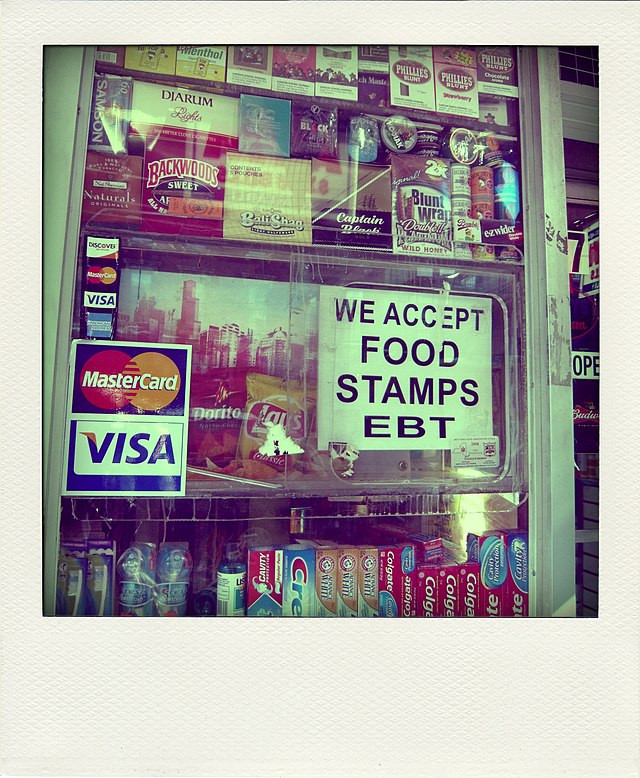The Trump administration said Monday it will disburse half of November's Supplemental Nutrition Assistance Program (SNAP) benefits, using $4.65 billion from a contingency fund after two federal judges ruled that freezing payments during the government shutdown was unlawful. The move restores partial aid to roughly 42 million Americans who rely on food assistance but leaves millions with reduced benefits and uncertain timelines for payment.
In a filing to U.S. District Judge Jack McConnell in Rhode Island, government attorneys said the Department of Agriculture would use all remaining contingency funds "to cover 50% of eligible households' current allotments." The decision follows McConnell's order last week requiring the administration to resume benefits using available emergency funding.
The partial restoration represents a compromise after the court rejected the administration's earlier refusal to deploy the contingency funds. McConnell said Friday that the government must "make a partial payment of the total amount of the contingency fund" by Wednesday at the latest. A second judge, Indira Talwani in Boston, also urged officials to consider using customs revenue, though the administration declined to do so.
Treasury Secretary Scott Bessent told CNN the benefits "could be paid by Wednesday," but cautioned that implementation would take time. "There's a process that has to be followed. We've got to figure out what the process is," he said.
The administration rejected the court's suggestion to draw additional funding from the Child Nutrition Program, arguing it could endanger school meal and summer food programs. Patrick Penn, USDA's deputy undersecretary for Food, Nutrition, and Consumer Services, said those funds "must remain available to protect full operation of Child Nutrition Programs throughout the fiscal year."
"Section 32 Child Nutrition Program funds are not a contingency fund for SNAP," Penn wrote in Monday's filing. "Using billions of dollars from Child Nutrition for SNAP would leave an unprecedented gap in Child Nutrition funding that Congress has never had to fill."
The shutdown, which began Oct. 1, halted new SNAP disbursements for the first time in the program's six-decade history. SNAP, created to assist low-income households, provides an average of $187 per month per recipient. Nearly 39% of beneficiaries are children or adolescents, according to USDA data.
Officials warned that the payments will be delayed and that states will need to recode their systems to process the reduced benefits. Some states may take weeks or even months to adjust, the USDA said, adding that "no funds will remain for new SNAP applicants certified in November, disaster assistance, or as a cushion against the potential catastrophic consequences of shutting down SNAP entirely."
The logistical hurdles have alarmed state governments and food assistance organizations. Several states, including Washington, New Hampshire, and Arkansas, announced temporary aid for food banks and pantries, though federal officials have said they will not reimburse state spending.
Elizabeth Keever, chief resource officer at Harvesters, a Kansas City food bank, told NPR that "it's nearly impossible to make up the gap that SNAP is leaving us." She added, "We're doing everything we can to make sure we're easing this burden for folks, it's a really scary moment where there's a lot of uncertainty."
President Donald Trump, in a social media post following Friday's rulings, said it would be his "honor" to provide funding for the program once legal guidance was received. He framed the issue as part of his administration's broader effort to manage resources during the shutdown, writing that "it will BE MY HONOR to provide the funding, just like I did with Military and Law Enforcement Pay."






